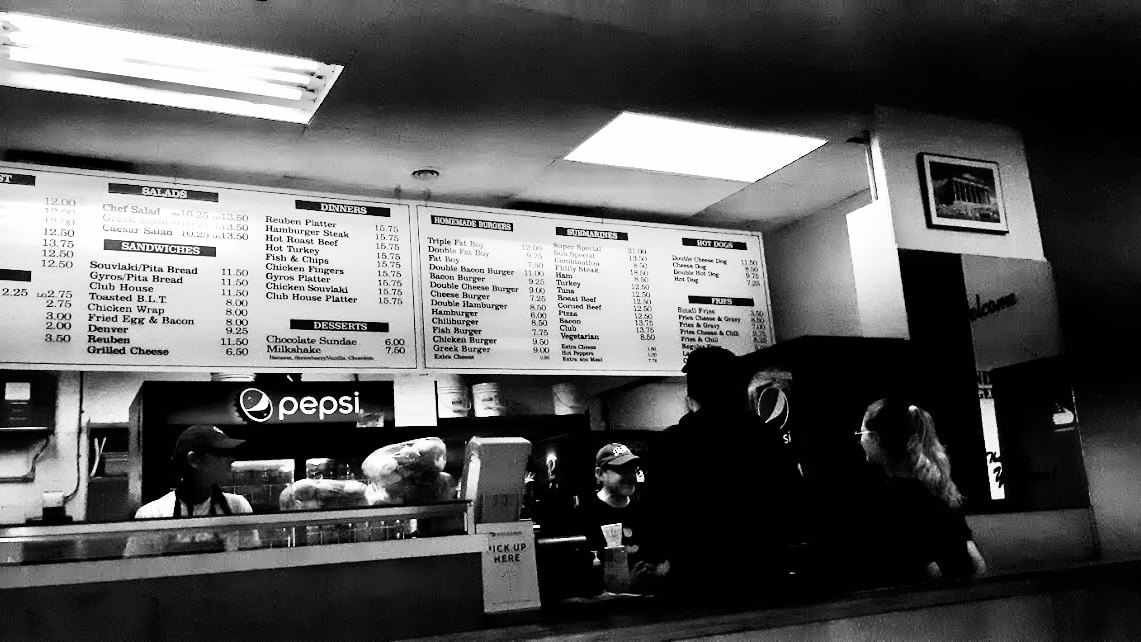An ode to the mom-and-pop diner, where everything tastes like it has a name.
The hum of the fridge blends with the soft clink of cutlery and low conversation. Vinyl booths creak as regulars shift into their usual spots, nodding at the server who already knows their order. Behind the counter, the smell of real gravy mingles with coffee that’s been on since morning. It’s not about retro aesthetics—it’s about staying power. The kind of place where the menu hasn’t changed in decades, because it never needed to.
There’s a tenderness in the ritual: hot turkey sandwich, white bread, a ladle of gravy so thick it puddles. Mashed potatoes on one side, canned corn on the other. It’s not ironic. It’s not “vintage.” It’s comfort, muscle memory, a warm plate served with a wink and a story. The décor is faded, the tile is cracked—but everything that matters is exactly where it should be.
Walking through the door is like stepping into a different decade, not in a curated or nostalgic way, but because time simply runs differently here. The clock might tick, but it doesn’t rush. These diners hold their own rhythm—slower, steadier, more forgiving. You’re not just ordering a meal; you’re being reminded of how things used to feel.






